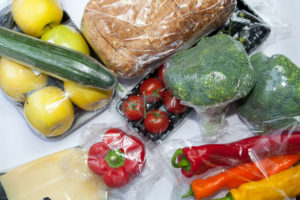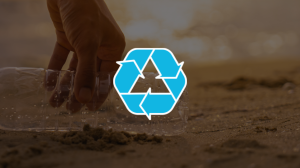Strong efforts to reduce plastic could still leave 710 million tons in the environment by 2040, study suggests
Plastic pollution is ubiquitous, seemingly found in every nook and cranny around the world, from some of the deepest parts of the oceans, to the Arctic, to drinking water.
But a new paper published in the journal Science on Thursday suggests that, with global efforts, we can drastically reduce the amount of plastic waste found on land and in our oceans, though eliminating it entirely isn’t likely.
“It’s a big, complicated, messy problem that spans the entire world and across many different economies, and many different countries, and different industries,” said Richard Bailey, professor of environmental systems at Oxford University and co-author of the paper. “So there isn’t really a single solution; that we can show now definitively for the first time.”
The authors looked at different pathways ranging from business-as-usual, where no effort is made to reduce plastic pollution, to the best-case scenario, where multiple efforts are implemented, both upstream (at the production level) and downstream, like recycling and waste management.
With business-as-usual, 29 million tons of plastic would be produced annually up until 2040. In the best-case scenario, that falls to 5 million tons. Put another way, it’s the difference between a total of 761 million tons by 2040 or 1.8 billion tons.
While the idea of plastic pollution totalling 761 million tons still piling up across our planet might seem like anything but good news, the researchers say this just illustrates how much worse it could be without a global effort.
“The good news is, if you do something, it makes a difference,” said lead author Winnie Lau, a senior manager at Pew Charitable Trust, an independent U.S.-based non-governmental organization. “People need to know that if I do something, I’ll make a difference. And we want to highlight that, but we also want to highlight there’s a real urgency here, and we really have to get a move on it.”
Challenges
The encouraging news, the authors say, is that technology is already available to make the reductions.
But what that looks like varies from country to country.
For example, in high-income countries, better recycling programs could help mitigate how much plastic ends up in landfills. But one of the biggest challenges relates to the different types of plastic being used.
“I think actually that the main problem is design,” said Jutta Gutberlet, a professor at the University of Victoria’s department of geography and co-author of the paper. “Many of them are not recyclable plastic … because nowadays we have so many different qualities of plastic in circulation, that they cannot be recycled. Twenty years ago we had maybe 10 types of plastic, but now we have almost infinite types of plastic.”
Some types of plastic are virtually impossible to recycle, she said.
Then there are low- and middle-income countries, where recycling programs may not be robust enough.
Gutberlet said that their study emphasizes the need to integrate the valuable work of waste-pickers in those nations. Currently, she said, the fact that many operate outside of formal regulatory regimes without protections means they are exploited and tend to work in unhealthy conditions. However, by bringing them into the formal labour force, they can help make an impact on a problem that is largely caused by high-income countries, she said.
“In our report, we see an opportunity to improve the livelihoods of these people by valuing the service they’re already doing.”



